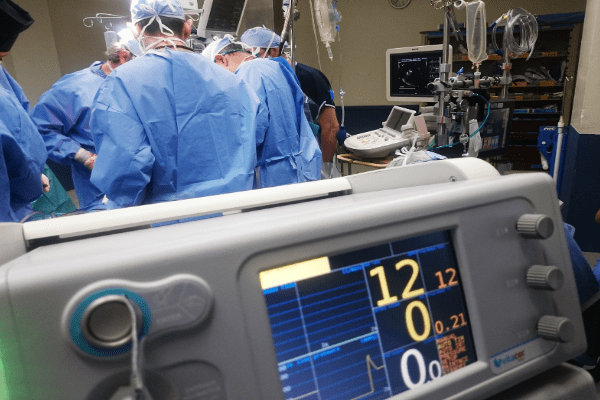We had a virtual meet with Mr. Srinath Vallakirthy to understand how analytics is changing the game for patients. Thanks to healthcare organizations’ innovative approaches.
Can you walk us how data science/AI is revolutionizing in the healthcare Industry?
From improved diagnosis to timely detection of diseases, artificial intelligence has been making positive contributions towards the betterment of the healthcare industry. Especially in areas such as pathology, pharma, and radiology, AI is already helping professionals achieve an improved quality of care services.
- Clinical development: R&D centers and pharma clients are analyzing Big Data for new drug or investigational products testing to reduce the cost of trials and running simulations.
- Prevention of drug abuse: Developed countries are using Big Data to tackle the problem of overdose or misuse of opioids.
- Real-time alerting: Healthcare providers are utilizing the capabilities of clinical decision support software and AI focused networks to analyses patient health records.
- Outbreak analytics: In case of outbreaks such as dengue, H1N1, Zika and other diseases, it becomes imperative to identify the origin of the disease for the effective management of the same. Analyzing huge amount of client and demographic data and connecting multiple data points to perform link analysis holds the key.
What are Bottlenecks and challenges in AI/Data Science technology?
There are several challenges in AI/Data Science industry. Companies are struggling with issues pertaining to data quality, availability, storage, access, integration, privacy, security, retention, and management, the complexity of the AI and blockchain tools and limited talents in these areas.
- Electronic Health Records (EHR): High costs, functionality and security are the major concerns while implementing the EHR based system.
- Real-time alerting: Lack of infrastructure and regulatory compliances across the countries are the roadblocks faced for implementing Real-Time Alert System.
- Telemedicine: High-costs and acceptance from society are the major hurdles in the implementation of telemedicine.
How would you describe the future of AI in the healthcare industry?
Innovation, without question.To expand on that, I think that several technology paradigm shifts are on the horizon for healthcare. Here’s how I’d summarize what’s coming up, current trends, and the future.
Current trends:
- Continued adoption of telemedicine use for remote/home health
- Increased wayfinding adoption to improve patient experiences
Future focuses:
- Robotic care
- Nanorobots
- 3D printing
Finally, can you give us example Why does Healthcare Need to Leverage AI to Save Lives?
Here are some of them:
Predictive Diagnosis
AI in healthcare it’s used to analyze the patient’s data and provide the healthcare team with accurate insights that can predict a possible health issue. So far, AI has successfully shown earlier warnings for health conditions like seizures or sepsis, two serious health issues with complex datasets.
Recently read an Article, A team of scientists from oxford and Stanford universities leveraged AI to identify and analyze the most common symptoms of cancer among chemotherapy patients. More than 2000 patients took participation in the study and AI was used to analyze over 44 common symptoms. This way, the AI platform found out that nausea was the key symptom and used this fact for further network analysis.
Drug Discovery
Since the cost of testing and the clinical trial is down to $4 billion, more and more drug development companies are deciding to invest in AI machines. Using AI for research and analysis is a cost-effective, and revolutionary solution in the long-term.
For example, this year in January, two companies worked together and used an AI machine to create a Clovis drug in a year, reducing the creation time from four years to only one. The machine studied and analyzed millions of molecular combinations, something that’s impossible for any human to achieve. However, the human factor must be included in the entire process of drug development. The right team of scientists and researchers are providing the directions, the tools, and ultimately, they use these insights to come up with a valuable decision.
Srinath Vallakirthy is a Health Care Data Analytics leader who has worked extensively building high-performing teams for various organizations and has provided consulting to many fortune 500 clients. At Texas Health Resources, he focuses on helping his customers realize the value of data analytics to solve priority business problems especially in-Patient Care Safety and Improvements.

















